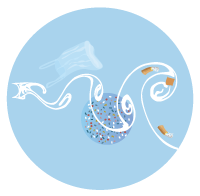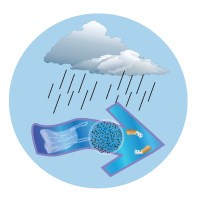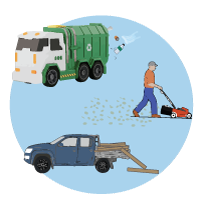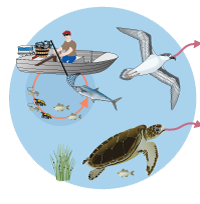|
|
Nature conservationNature conservation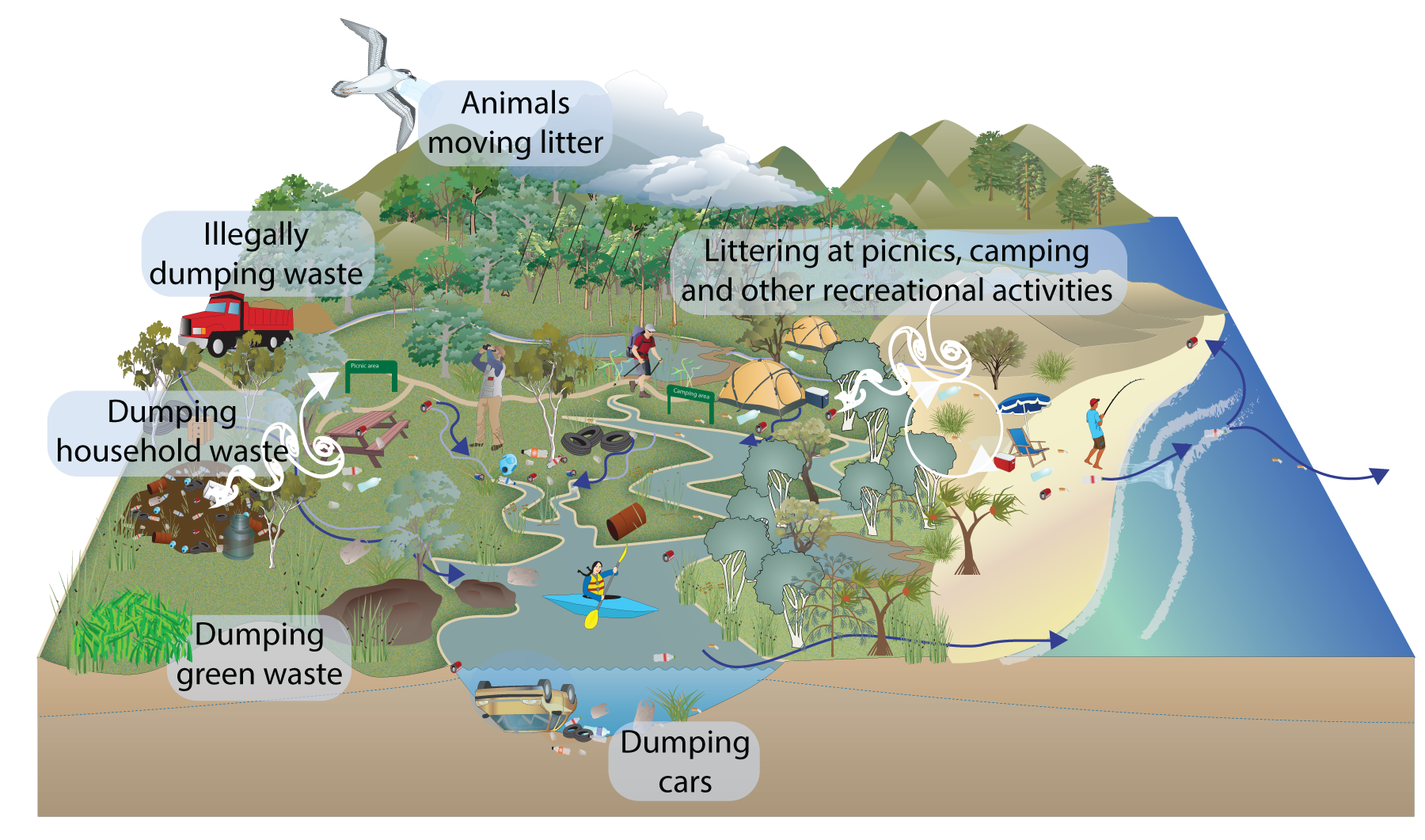
Click on elements of the model or select from the tabs below Nature conservation areas, including national parks, conservation areas and state forests, can be hotspots for littering and illegal dumping[2]. This waste pollution may result from:
Natural areas are both habitats for wildlife and recreational areas for humans. Litter in this context can create problems for wildlife through both ingestion of hazardous materials, leaching of chemicals from man-made materials and from disruption of habitats[1]. It can also be dangerous where it causes, or is likely to cause, harm to a person, property or the environment, and tough penalties apply. This includes:
The Queensland Government conducted a community-based pilot project to address illegal dumping in the Beerburrum forest, approximately 300 km2 of exotic pine plantation, open eucalypt forest and rainforest, managed by HQPlantations Pty Ltd. A coordinated Clean Up Australia Day event with HQPlantations Pty Ltd collected 26 tonnes of waste. Data showed that most of the illegally dumped material was household waste, including furniture and general litter, followed by tyres and green waste. Waste in the nature conservation sector moves through the environment via four pathways: References
Last updated: 22 April 2025 This page should be cited as: Department of Environment, Science and Innovation, Queensland (2025) Nature conservation, WetlandInfo website, accessed 8 May 2025. Available at: https://wetlandinfo.des.qld.gov.au/wetlands/management/pressures/litter-illegal-dumping/sources/nature-conservation/ |
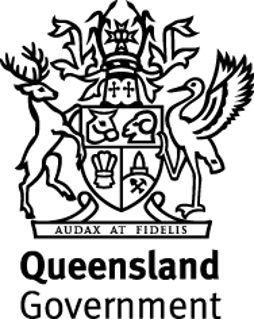
 — Department of the Environment, Tourism, Science and Innovation
— Department of the Environment, Tourism, Science and Innovation

